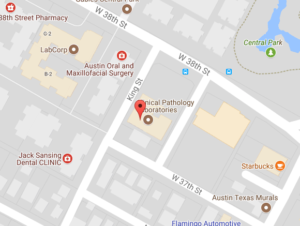You may have had the same experience – you look outside at the lovely hills around Austin, and are very alarmed to see clouds of “smoke” rising from many of the trees. After some closer inspection, it is apparent this is not a wildfire – it is just clouds of pollen rising from our local Juniper or “Mountain Cedar” trees. For many of us, this can be a very disturbing sight as we have developed a significant allergic reaction, locally known as the Cedar Fever. If you are new to these symptoms or to life in Austin, here is a short guide on what to do.
Symptoms
Cedar Fever affects each of us differently, and tend to get worse with time. Symptoms can include sneezing, runny nose, itchy eyes, cough, headache and sinus congestion. Cedar Fever can easily be confused with the flu or a cold, and can persist over many days.
Treatment
There are a number of ways to treat this condition. Over the the counter antihistamines, decongestants, or nasal sprays can help ease some symptoms. If your symptoms are severe, contact our office for more aggressive treatment options like steroids. Chronic suffers may benefit from a referral to an allergy specialist, which I can can help with.
Prevention
Here are some tips on minimizing the symptoms.
- Keep windows and doors closed
- Make use of your heating/cooling system and it’s filtration system, and change the filter frequently using HEPA grade filters
- Dust frequently and use a HEPA filter vacuum cleaner.
- Bathe pets frequently to avoid spreading pollen from their fur
- Drive with car windows closed
- When outside, cover over your nose and mouth with an allergy mask
- After being outdoors, be sure to shower and change clothes. Changing bed sheets frequently can also help.
This condition is not any fun. If you are suffering, please get in touch with me – you don’t have to suffer needlessly.
Roxana Rhodes MD




